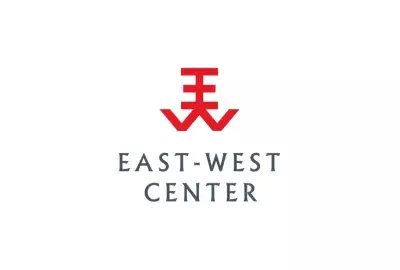Error message

2006 and 2011 agriculture census data of approximately 9500 communes was analyzed to examine the role of supply and demand side factors in the choice of main cooking fuel. The use of fuel wood was found to be significantly associated with all forest types -- whether they were natural or plantations; whether they were owned by households or other entities. We have provided evidence that officially designated rural places are not homogenous in terms of fuel use. There is a distinct difference between traditional rural communes and the more modern rural communes. The latter we term as peri-urban communes. In peri-urban communes wood usage decreased over the years. In rural communes wood use however increased. This may partly be due to a natural transition of moving up the energy ladder from crop residues to wood. We find some evidence that given Viet Nam's highly successful and well documented small-holder plantation programs that have led to significant reforestation there may be rural pockets in the country where movement up the energy ladder from wood to cleaner fuels has slowed down considerably. Peri-urban areas have a greater fraction of gas users and also have a greater diversity of fuel use patterns.In the future household factors and behaviors are likely to continue being the dominant drivers of fuel switching. However, our study indicates that external interventions aimed at improving community conditions such as access to markets, roads and highways can also facilitate households moving up the energy ladder. These factors may affect modern fuel access directly or may also work at modernizing communes to create a broader wealth effect over a period of time. Our findings are of much relevance to the newly proposed policy paradigm of ‘making the clean available’ as opposed to ‘making the available clean’ (Smith 2015). Promoting and marketing top of the ladder clean fuels would require satisfactory marketing and transportation networks, which our study has shown to be associated with fuel use. Our community level analysis is also relevant to those agencies that wish to transform an entire community at a time rather than targeting only a few households within it.
2006 and 2011 agriculture census data of approximately 9500 communes was analyzed to examine the role of supply and demand side factors in the choice of main cooking fuel. The use of fuel wood was found to be significantly associated with all forest types -- whether they were natural or plantations; whether they were owned by households or other entities. We have provided evidence that officially designated rural places are not homogenous in terms of fuel use. There is a distinct difference between traditional rural communes and the more modern rural communes. The latter we term as peri-urban communes. In peri-urban communes wood usage decreased over the years. In rural communes wood use however increased. This may partly be due to a natural transition of moving up the energy ladder from crop residues to wood. We find some evidence that given Viet Nam's highly successful and well documented small-holder plantation programs that have led to significant reforestation there may be rural pockets in the country where movement up the energy ladder from wood to cleaner fuels has slowed down considerably. Peri-urban areas have a greater fraction of gas users and also have a greater diversity of fuel use patterns.In the future household factors and behaviors are likely to continue being the dominant drivers of fuel switching. However, our study indicates that external interventions aimed at improving community conditions such as access to markets, roads and highways can also facilitate households moving up the energy ladder. These factors may affect modern fuel access directly or may also work at modernizing communes to create a broader wealth effect over a period of time. Our findings are of much relevance to the newly proposed policy paradigm of ‘making the clean available’ as opposed to ‘making the available clean’ (Smith 2015). Promoting and marketing top of the ladder clean fuels would require satisfactory marketing and transportation networks, which our study has shown to be associated with fuel use. Our community level analysis is also relevant to those agencies that wish to transform an entire community at a time rather than targeting only a few households within it.
East-West Center Working Papers: Environment, Population, and Health Series






